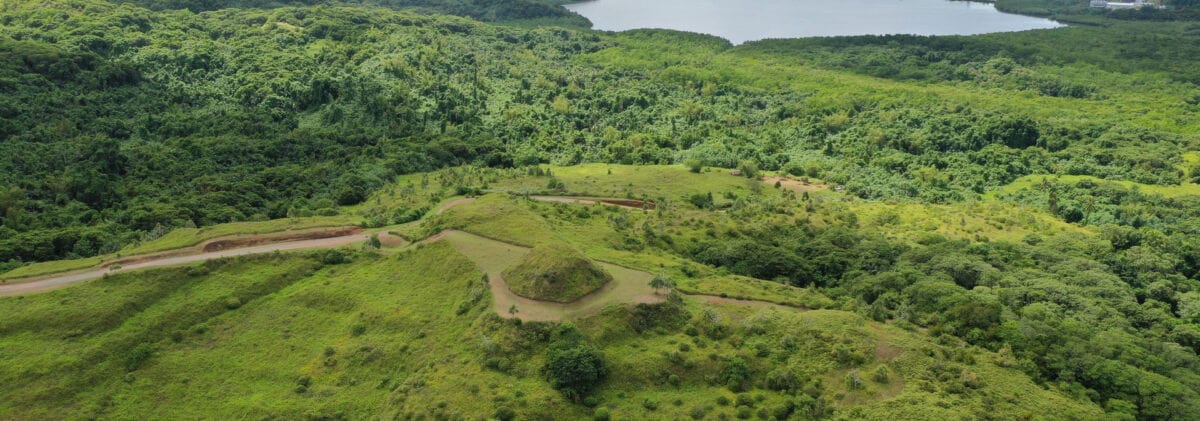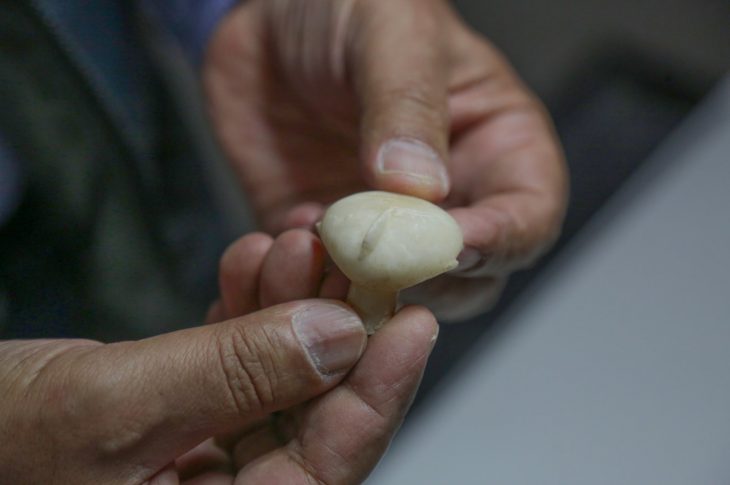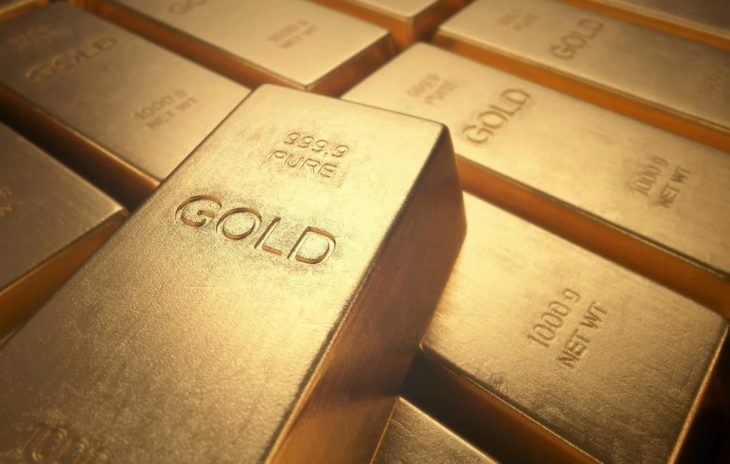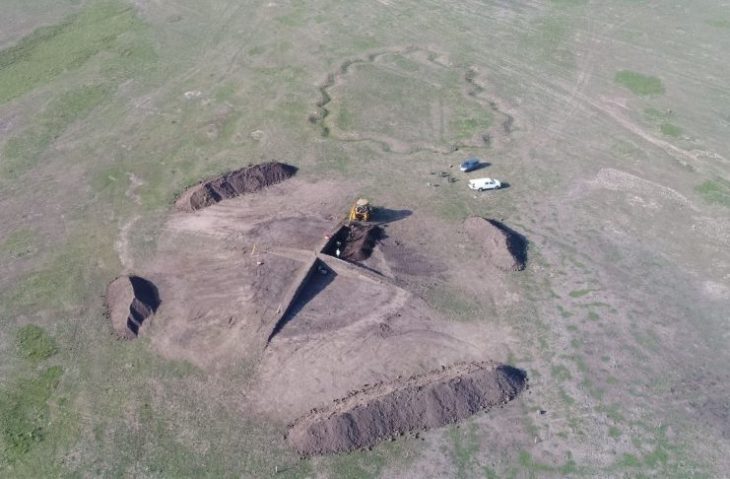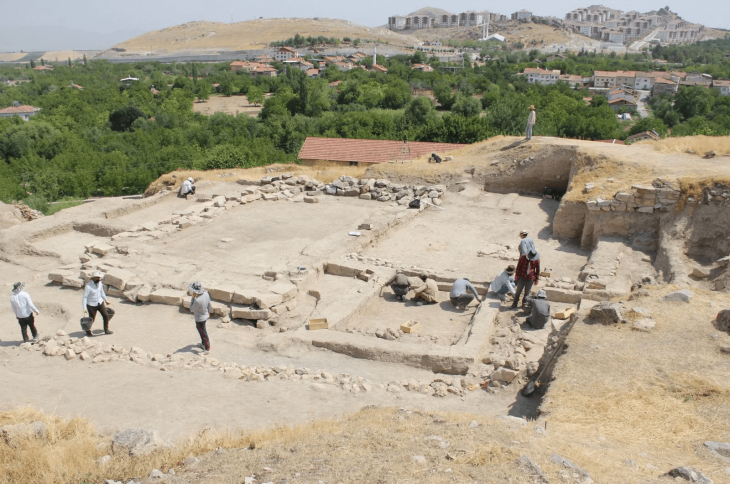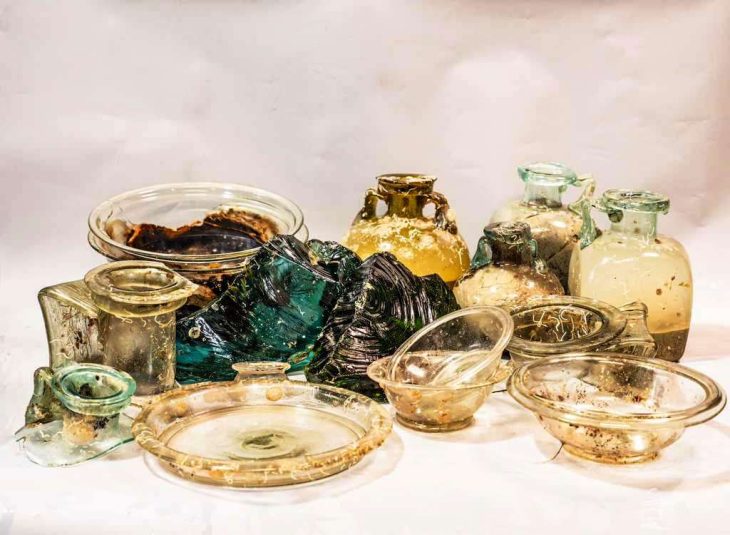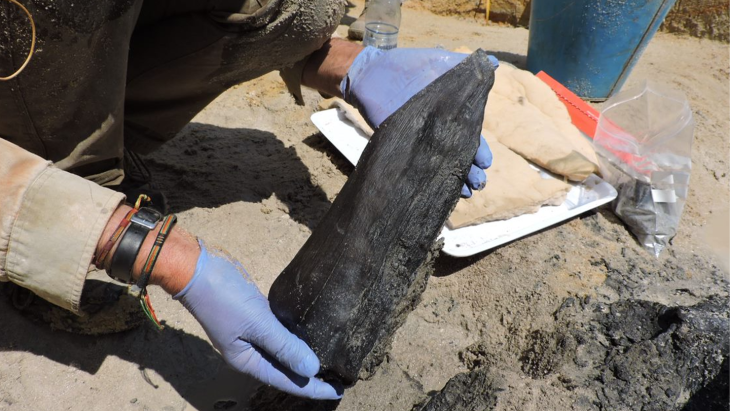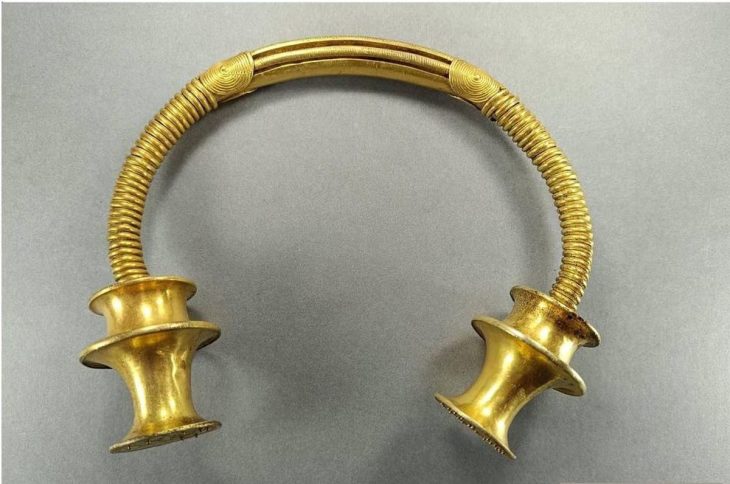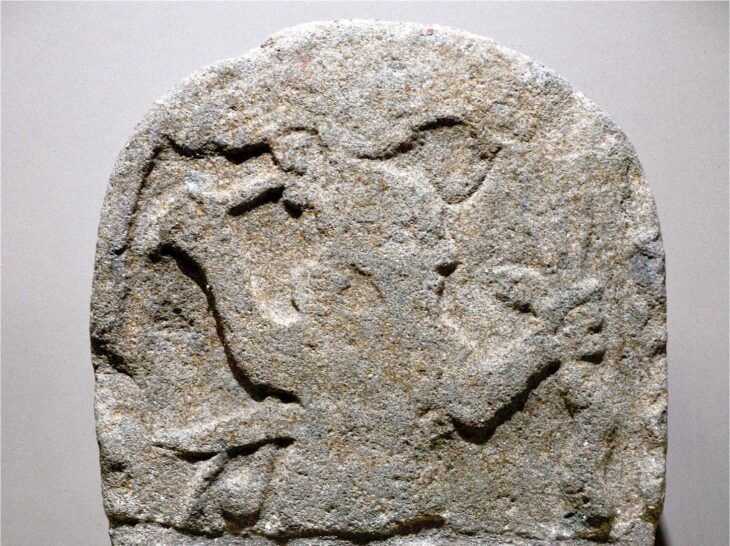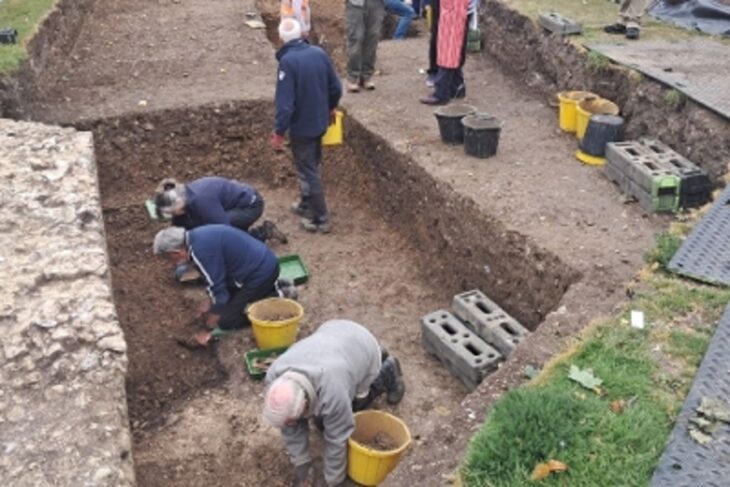Archaeologists from Kiel University’s Institute for Ecosystem Research (CAU) and the German Archaeological Institute (DAI) studied the so-called “Pyramids of Palau” on the island nation of Palau, providing new information about the monuments’ building processes.
Oral traditions suggest that a huge serpent wound around the hills on the Palauan island and created the terraces with her body.
Monumental buildings from prehistoric times are widespread in Oceania, including the well-known stone figures and ceremonial platforms on Easter Island. The early cultures of Oceania often significantly transformed the landscapes of the islands. Around 500 BC, this development may have commenced in Palau.
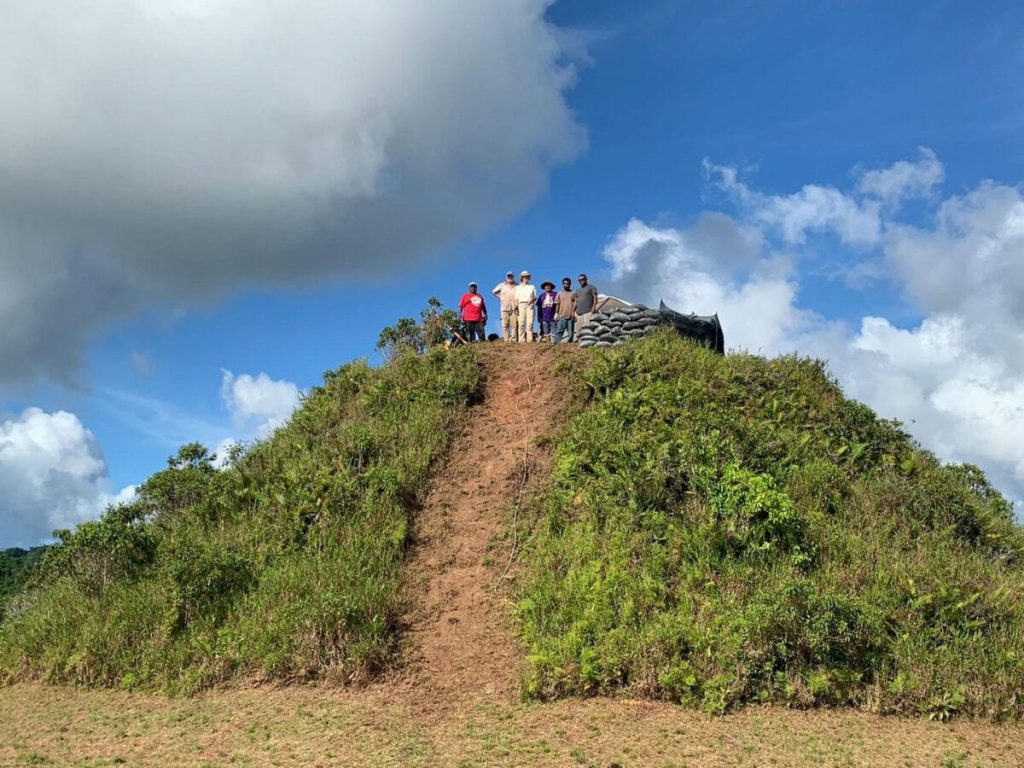
An interdisciplinary team of soil scientists, paleoecologists, and archaeologists used geo-archaeological methods to determine that the builders used weathered volcanic rock interspersed with large amounts of ceramics to form a base for the mounds, raising upper layers into terraces applied with humus soils for extensive horticulture.
The effort involved in the creation of the earthworks there is certainly comparable with the pyramids in Egypt or South America,” said Dr. Andreas Mieth, who is one of the three project leaders.
📣 Our WhatsApp channel is now LIVE! Stay up-to-date with the latest news and updates, just click here to follow us on WhatsApp and never miss a thing!!
“Over many generations, and with an almost unimaginable amount of work, millions of tons of soil must have been moved by workers. An achievement that could only be possible in a politically well-organized society,” explained Dr. Annette Kühlem, research coordinator and excavation leader.
“Presumably the builders had hardly any tools available for the work. And even if they did, they were made of stone or organic material.”
“So this was also technically very sustainable work,” stated Professor Hans-Rudolf Bork, project leader.
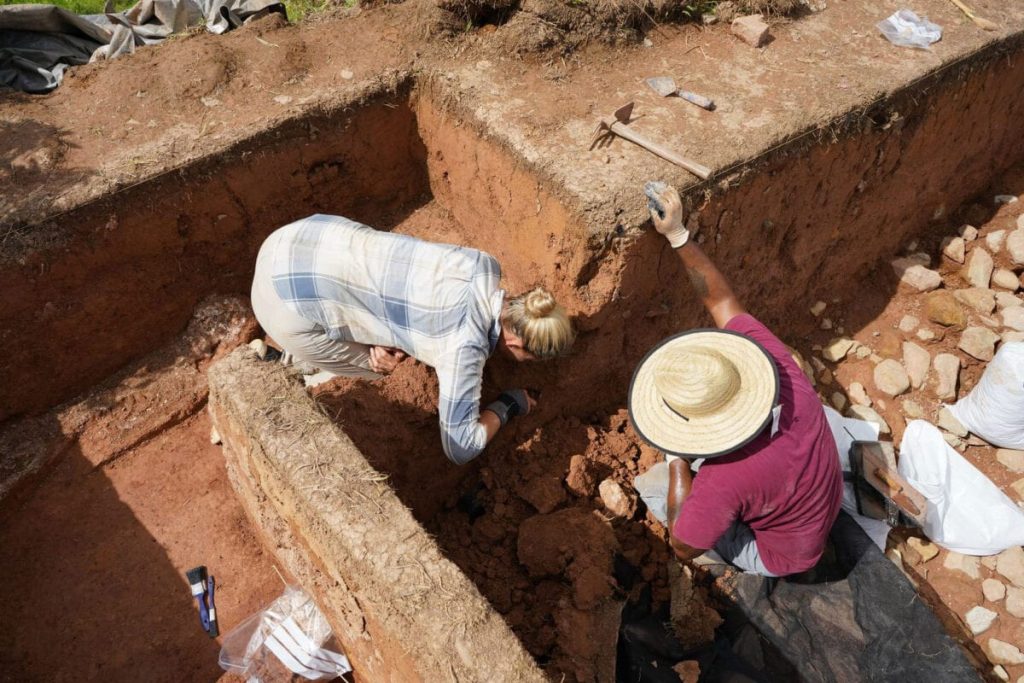
Whilst the summit on most of the earthworks was used for horticulture, some summits, such as in the south of Babeldaob were used as complex burial sites where the researchers found six skeletons.
“Due to the fairly well-preserved skulls, there is still hope of being able to carry out DNA analyses and thus relationship analyses, perhaps even in comparison with the population living in the area today. This may potentially also close a gap in tracing the settlement of Oceania,” explained Dr. Annette Kühlem.
Team for the first time, they are able to document the details of a prehistoric burial on Babeldaob and compare it with today’s traditional burial practices.
The project participants suspect that only members of the elite were buried on the intricately laid and shaped summits of the earthworks. Thus, even after their death, their social status was made clear in a prominent way, visible from afar.
The project was funded by the German Research Foundation.

